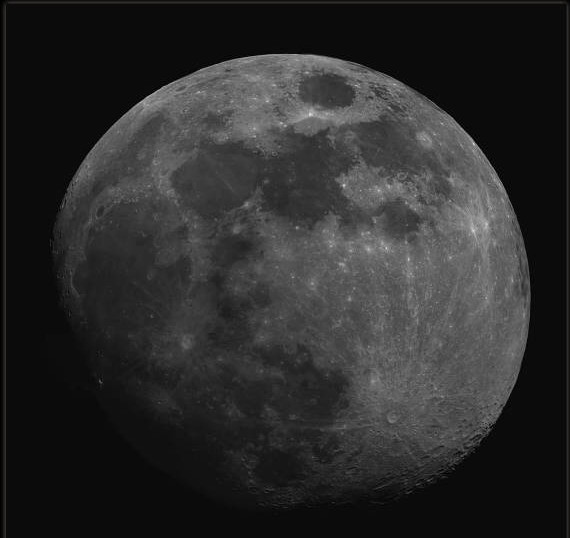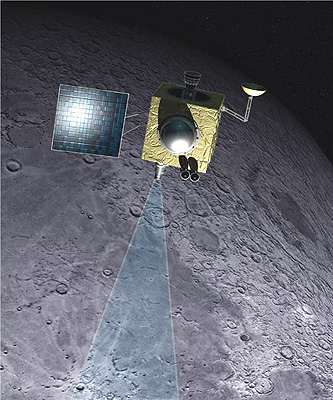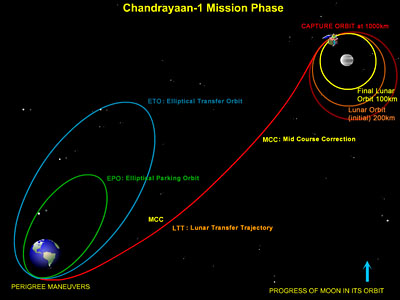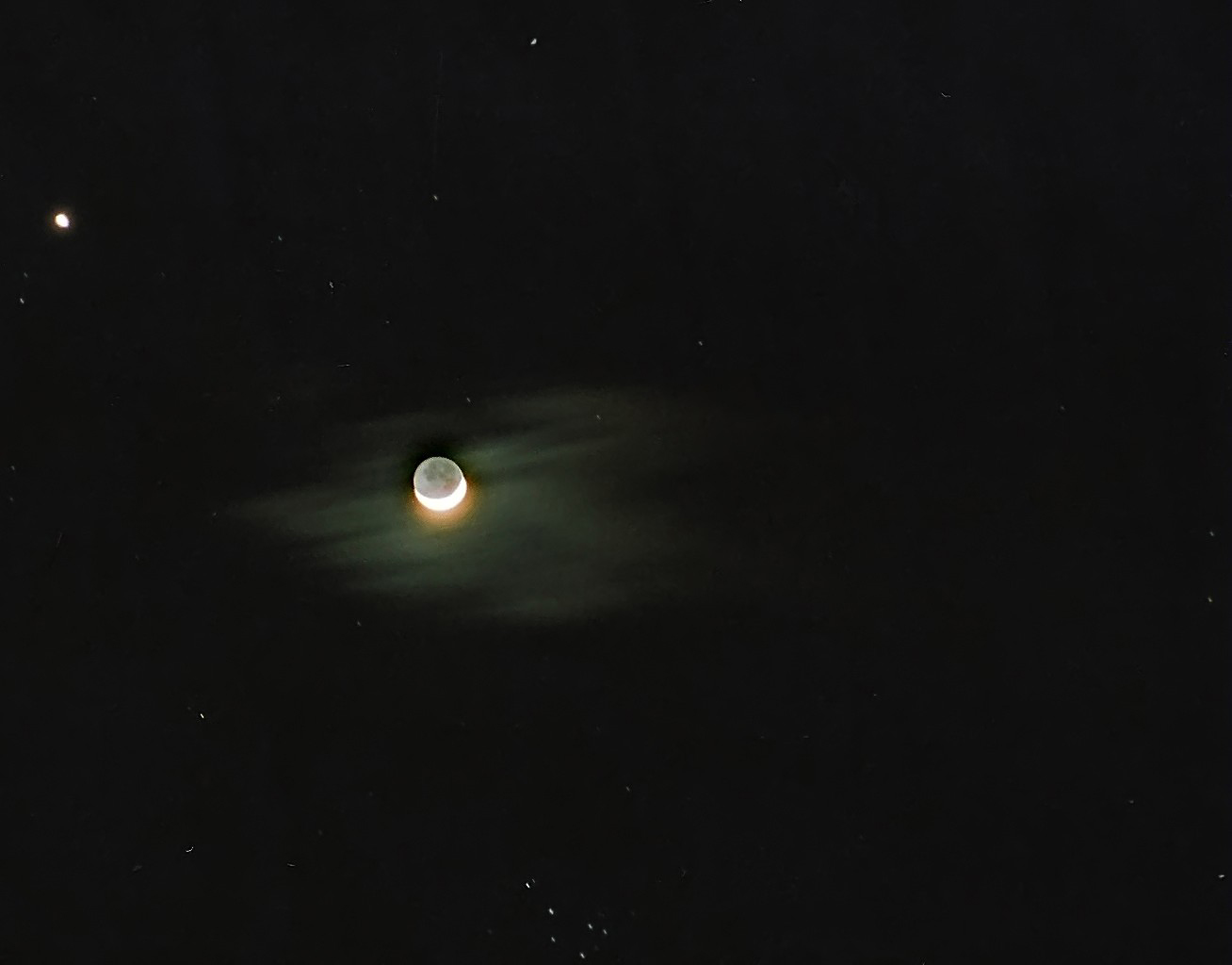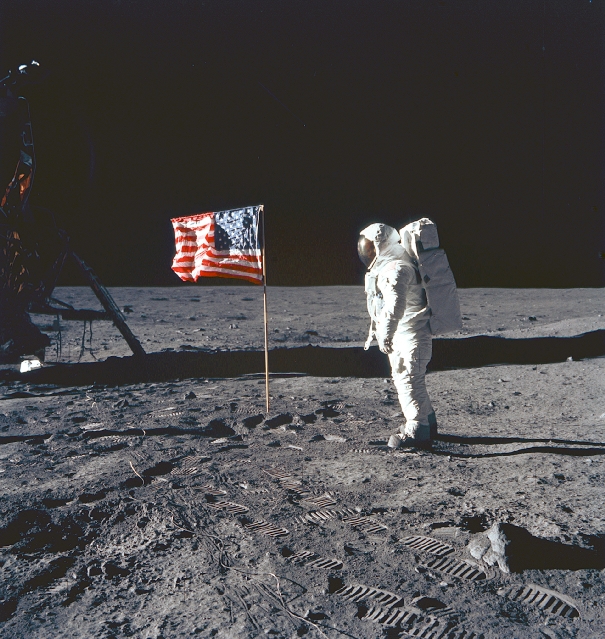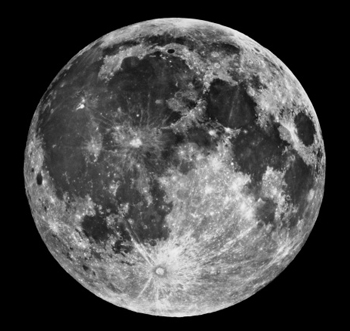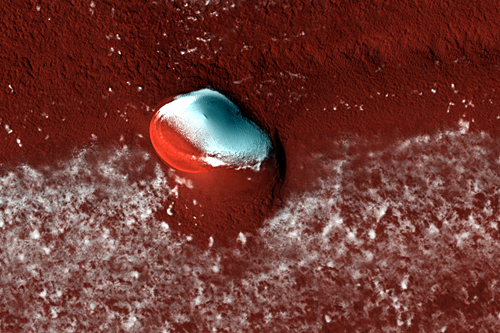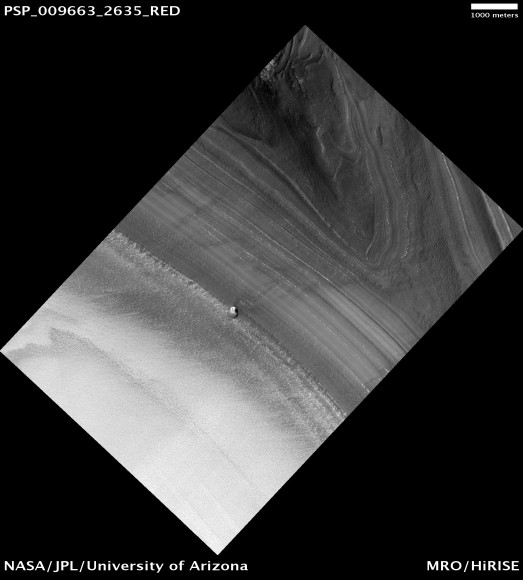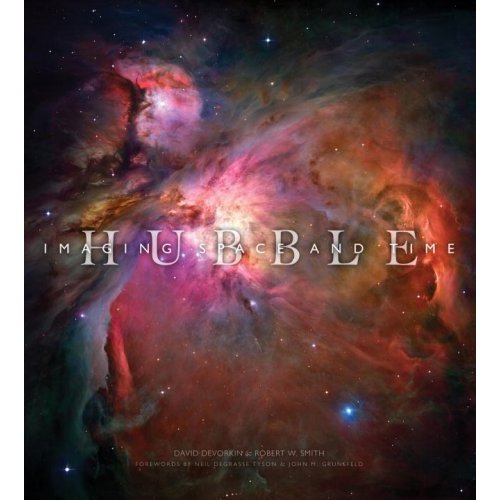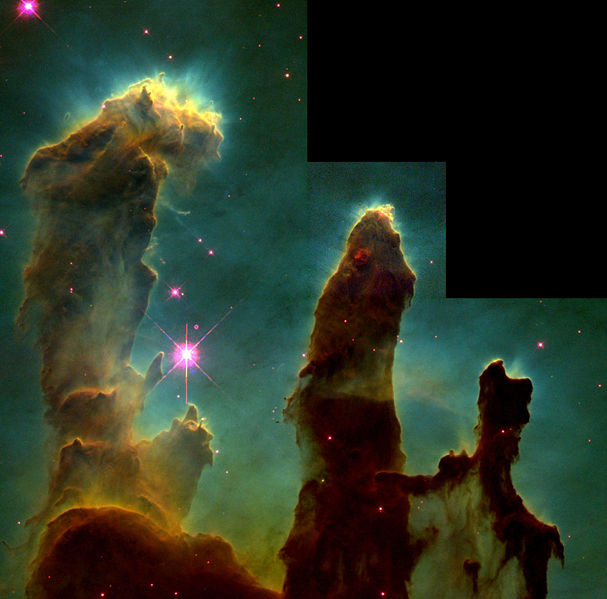[/caption]
The light from the Moon is actually the reflected light from the Sun!
Every second, the Sun is converting 600 million tons of hydrogen into helium. This reaction lets out a tremendous amount of energy. Most of this energy heads off into space, but some of it falls on the planets and the moons in the Solar System. This is why we can see them at all. Without the Sun, only Jupiter and Saturn would be readily detectable in the infrared spectrum, as they give off more heat than they absorb from the Sun.
Different objects in the Solar System have a different amount of reflectivity. Astronomers call reflected light from the Sun albedo. The values for an object’s albedo can range between 0 (dark) and 1 (bright). The albedo for the Moon is 0.12. In other words, the Moon reflects 12% of the sunlight that falls onto it.
The highest albedo in the Solar System is Saturn’s moon Enceladus, with an albedo of .99. In other words, it reflects 99% of the light that falls upon it. This is because it’s composed of mostly ice. Dark objects like asteroids can have an albedo down to 5%.
When the Moon is full, astronomers measure its apparent magnitude at -12.6. This is bright enough to easily walk around in otherwise total darkness; almost bright enough to read.
When there’s a new moon, however, there’s no light from the Sun falling on the Moon, and yet we can still see the surface of the Moon. Where’s the light coming from? The Earth. Astronomers call this reflected light “Earthshine”, and it helps them calculate how much sunlight is falling on the Earth.
So now you know that the light of the Moon actually comes from the Sun, unless it’s coming from the Earth.
Here’s an article we’ve done on Universe Today about Earthshine, and here’s an article about gardening on the Moon.
Here’s an article from Extreme Science about the Moon, and an article from NASA about Earthshine.
You can listen to a very interesting podcast about the formation of the Moon from Astronomy Cast, Episode 17: Where Did the Moon Come From?

